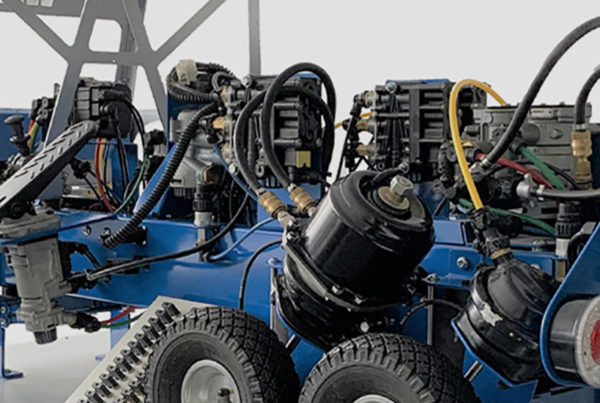Keeping customers happy is vital in any business. Explore our best practice advice for fleet managers aiming to provide the best service for clients.
Customer satisfaction and happiness is one of the most important considerations for any company. Regardless of business sector, unhappy customers won’t be customers for very long, so it’s important to keep them happy and make them feel valued. This is true of logistics and fleet management, where the retention of customers is key to long-term success. After all, a happy customer will not only continue to help your business succeed through ongoing work, they may increase their spend – or recommend your services to others.
There are many factors that can impact customer satisfaction, including delivery delays, wrong orders or damage in transit. And while some of these can be affected by external issues such as adverse weather, road conditions and traffic, there are also internal considerations which you can control and use to make a difference. These include proof of delivery and transparency, price points, planning process and safety.
Controlling these as best as you can is vital when it comes to ensuring you have happy customers offering repeat business time and again.
Receive regular feedback from clients and get the right solution in place to ensure high levels of customer satisfaction.
What impacts customer satisfaction for fleets?
In fleet management, there are several areas which can have a negative effect on how your customers perceive your business, including:
- Damaged goods
- Late delivery
- Driver uncooperation
- No truck availability
- Accidents
- Vehicle breakdowns
Remember, one bad experience can negatively impact a customer relationship, so it’s important to minimise these wherever possible. Your aim is to keep customers happy and deliver a good service that is value for money, whether you’re working with an individual customer or represent part of a larger supply chain. If there is a delay, whatever the reason, this could lead to a dissatisfied customer and a subsequent loss of business.
To avoid some of these factors, there are a number of measures you can put in place. Installing fleet management system (FMS), for example, can provide you with the data you need to help identify where you can make improvements in your fleet or respond quickly to issues when they occur.
For example, TX-DIAGNOSTIX connects to the FMS to provide insights into its health. This enables you to plan for maintenance and order replacement parts earlier, reducing vehicle downtime and the chance of breakdowns to avoid disappointed customers.

Can customer satisfaction be measured?
How do you know if your customers are happy? Generally, if they’re consistently choosing your service, spending more with your business and recommending you to their affiliates, that’s a good sign. If they are unsatisfied, they will usually look elsewhere or indicate to you that you could be doing better.
Of course, when it comes to client satisfaction, it’s far better to be proactive than reactive. If you know about problems clients are having earlier on, then you will be better placed to rectify them before they escalate. This can be done through the use of surveys, digital services that enable feedback on the spot and questionnaires, in which you can ask for suggested improvements and take feedback on board.
If the feedback is glowing, ask the customer if you can use their testimonial on your next batch of marketing materials to drive home how much your company values those working relationships. On the other hand, if the feedback you receive is negative, you can use this as the catalyst for change, going out of your way to rectify problems your customers have early on.
One bad experience can negatively impact a customer relationship.
How can my fleet improve customer satisfaction levels?
One big factor that can influence customer satisfaction is communication levels. Customers need to know you’re available and contactable when they need support. Their cargo also needs to be delivered safely, on time and at a reasonable price – balancing convenience and cost.
Your fleet can achieve this by becoming leaner, greener and safer in the way it operates. For example, security solutions better protect cargo from both damage and theft to ensure it gets from A to B safely. Adding aerodynamics solutions can improve fuel efficiency, keeping down delivery costs, which are passed on to your customers too.
Taking a proactive approach can also improve customer satisfaction levels. If dispatchers know that a vehicle is stuck in traffic or suffered a breakdown, calling a customer to inform them of a delay and not leaving them in the dark will keep them much happier.



